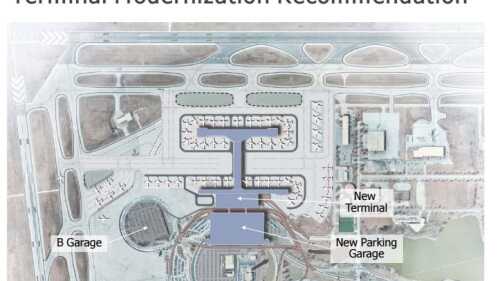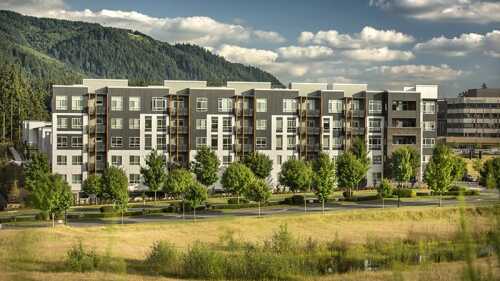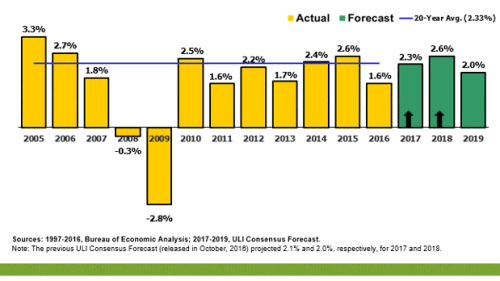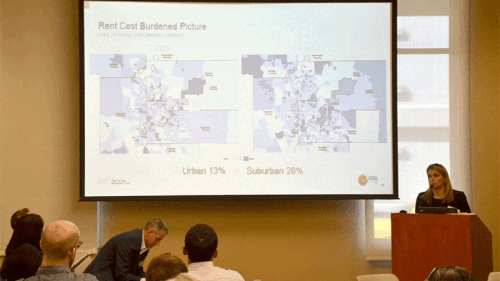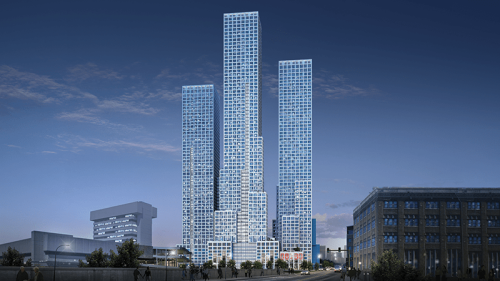<b>Equitable Development</b>
If you have ever flown through Kansas City International Airport, you likely have noticed the three stand-alone horseshoe terminals—only two of which are active. Or the lack of food and beverage choices, restrooms, and other amenities near the gates compared with what is available at similar, modern airports.
What is the fastest-growing means of transportation in the United States? The bicycle, according to the U.S. Census Bureau. People bike for many reasons—better health, recreation, transportation, to save money, to run errands. But the biggest reason that bicycling is booming in the United States is the growth in bicycle infrastructure.
The mayors of Grand Rapids, Michigan; Anchorage, Alaska; and San Jose, California, spoke at a forum presented by the Rose Center for Public Leadership in Land Use in Seattle discussing their solutions for the issues of revitalization, equity, and resilience in cities.
In the Pacific Northwest, real estate development continues to be powered by a strong and expanding technology sector, where companies like Facebook are taking upward of 1 million square feet (93,000 sq m) of space in Seattle’s South Lake Union neighborhood, doubling its footprint in the city, while Google has leased several hundred thousand square feet of space nearby.
The latest survey of U.S. real estate economists showed a marked increase in expected economic measures, most likely due to federal proposals to reform the tax code, reduce regulatory burdens, and invest in infrastructure. Compared with the same survey from six months ago, real estate economists have higher expectations about gross domestic product (GDP) growth, employment growth, and housing starts.
Officials in West Palm Beach, Florida—located in a region that boasts some of the wealthiest residents in the world—have made strides in attracting leading financial firms, while also making significant investments in enhancing residents’ quality of life. At a ULI Southeast Florida event in March, local officials and real estate development experts outlined the city’s plan for attracting new companies to the region.
With Denver’s population expanding from about 470,000 in 1990 to 700,000 today, many longtime residents in some gentrifying neighborhoods find it difficult to remain as rents, home prices, and property taxes climb. How do communities in other U.S. cities provide for both lower-income families and local culture while being revitalized?
Graduated density zoning boosts the payoff to participating in land assembly—and could increase the supply of affordable housing.
As real estate investment hubs, Latin America’s major cities rarely compare to other world capitals. However, changing regulations combined with investors scouring the globe for growth could bring fresh liquidity into major metropolitan areas like São Paulo and Mexico City, according to panelists speaking at the ULI Latin America Conference in February.
According to the latest forecast from the Joint Center for Housing Studies at Harvard University, spending on home improvements is projected to strengthen in the majority of America’s largest metro areas in 2017, with many markets in the East and Midwest expected to post double-digit annual growth. The residential remodeling market reached a record high of $340 billion in 2015—surpassing its previous peak in 2007—and is projected to increase 2 percent per year on average through 2025 after adjusting for inflation.

